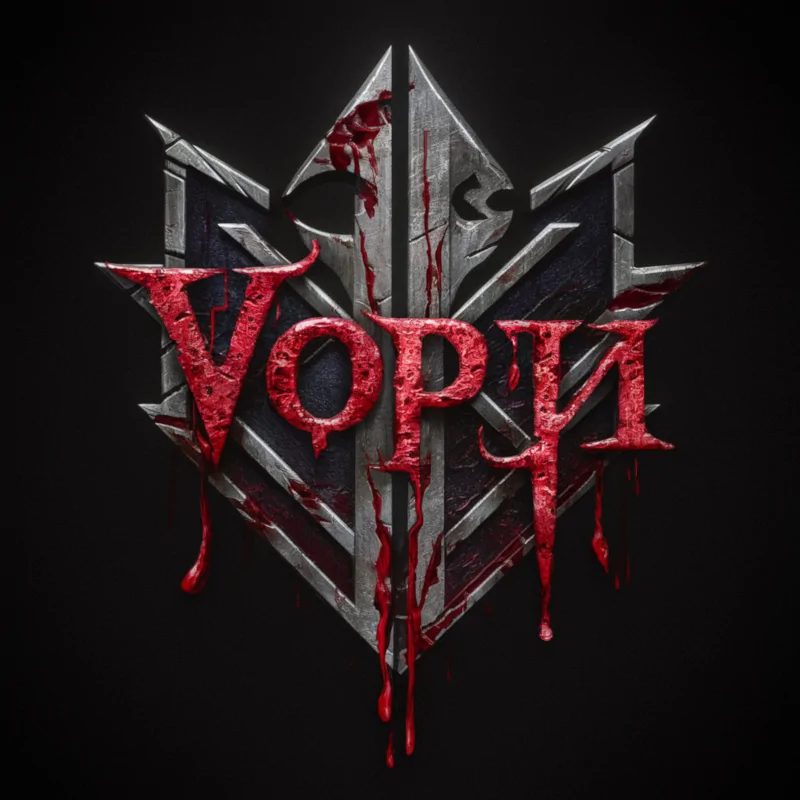The Raven's Enigma
It began with a child chasing us into the dark.
"Мой деда gave me this for mister."
It began with a child chasing us into the dark.
"Мой деда gave me this for mister."
I wasn't sure what she meant by it, but for sure I was glad as hell the cobalt eyes did not understand her, and we left them behind scot-free. To celebrate our newly attained status as survivors, we opened a bottle of cheap Russian champagne and indulged in some expensive Beluga caviar.
This way or another, my heart sank when I saw a symbol in a book one little kid with cobalt eyes gave to me. He ran after us for almost a mile to a gostinitsa, a guest house with a restaurant called "У Степана" (U Stepana)—"Stepan's Place." We stayed there to save money on more posh hotels. It was a rustic, simple two-story place I liked, serving down-to-earth cuisine such as borscht, pelmeni (dumplings), and bliny (pancakes).
The kid barely caught his breath, hastily handed the ancient-looking book to me, and mumbled something to Nastassia, who, astonishingly, understood him and translated it to me: "Мой деда (my grandfather) gave me this for mister."
Mind you, at that time, I still had no real clue about the Vory, only a cursory idea, much less about Михаил Воронов (Mikhail Voronov), who was later known to me as The Raven and the incarnation of Koschei the Deathless.
That book was—what else could it have been?—a symbol, a manifestation of Carl G. Jung's collective unconscious that prompted that unnamed деда to part with what was soon to be proven a priceless gift—Professor Anatoly Evgenovich Morozov's extraordinary book, the rare volume of The Vory's Origins, Volume 1: Prophets of Doom: 1498–1507.
It tells the story of Елизавета Федорова (Elisaveta Fedorova), widow of Дмитрий Иванович (Dmitry Ivanovich), the Vory's first kingpin, and her memories of times long gone, when the Vory galloped across the steppes and fought Genghis Khan's armies with fierce bravery that bordered on the madness of men possessed.
But the symbol seen on the first inner page of the book—a crude triangle with the Russian word for "one" (один) inscribed within, which I reproduced above—shattered my world. No, the Vory did not originate in the gulags of the Soviet Union; they are as old as our civilization. That symbol marked the first mosque built by the Vory, the one I had inquired about in vain, and now I was looking at its rendering—a crude graph placed in the middle of the very name Vory.
The portal to the human universe had opened and sucked me in—rather, into a dark, dangerous world I had not even dreamed existed. I had to know more. I said that to Nastassia, and she handed this image to me. What was that primitive thing? An Iron Maiden cover art, Soviet style?

Dark Emblem from The Vory's Origins.
At this point, I ought to justify placing such a kitschy, trivial-looking illustration in the book, given the high artistic value of all the others. To do that, I must tell you how it came to me.
As I immersed myself in the book the kid with cobalt eyes gave me, drinking kvass with herbs alongside Nastassia Filipovna Smirnova, I noted what any The Idiot aficionado already knows—her name was taken from Dostoyevsky's tragic beauty, Nastasya Filippovna. I write it as Nastassia to set her apart in my mind from the literary character who had lingered in my thoughts long before I ever set foot in Russia.
So, she handed me that illustration she carried in her purse. It looked like a dark, foreboding emblem or insignia that seemed to belong to a shadowy, powerful crime syndicate or secret society—something a teenager might create in Photoshop. I shared my thoughts with her, and she burst into hearty laughter that pierced my heart. I was right.
It had been given to her father, Professor Filip Grigorievich Smirnov, a leading expert on both Dostoyevsky and the Night Wolves, to pass to me "if the right moment presented itself," by none other than the notorious leader of the Night Wolves, Aleksandr Zaldostanov's grandson.
I looked into those emerald eyes—deeper than Lake Baikal (forgive me such a frivolous metaphor, but her eyes do look like it)—as she smiled at me. "I told you so," her eyes gently mocked me, "you have no idea what you're getting into."
At that same moment, when I realized I had hit the motherlode, I also knew that I couldn't remain a priest or those very eyes would drive me utterly insane. So, I ripped off my clerical collar, wanting to kiss Nastassia more than I had ever wanted to see God. I threw it away as her eyes widened and her gaze intensified, and as it was clear she deeply understood what my act of defiance meant to the God I served, I entered a world ruled by the Devil.
A drunk-as-a-skunk peasant, who had been ogling Nastassia from the corner of Stepan's Place all evening, cheered, started to dance the kazachok, and drunkenly fell on his face. Everyone laughed.
Read more..."If anything in this life is certain, if history has taught us anything, it is that you can kill anyone."
— Don Michael Corleone